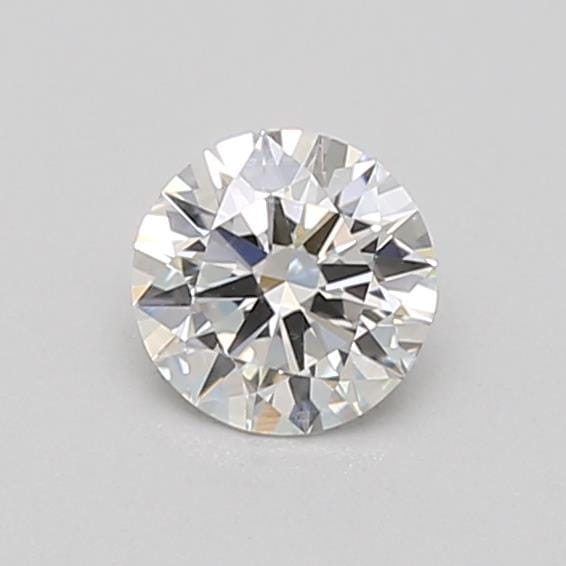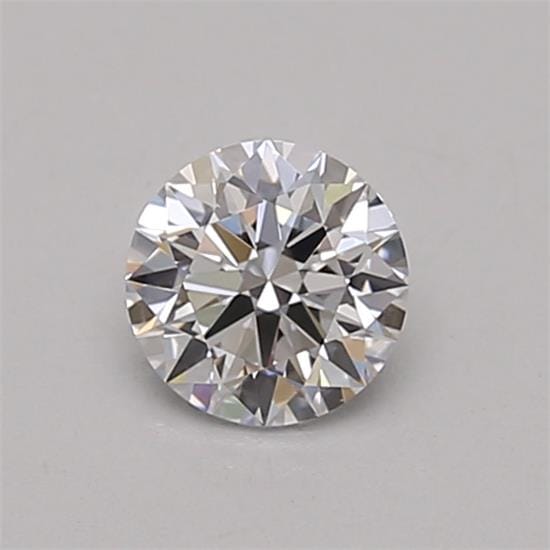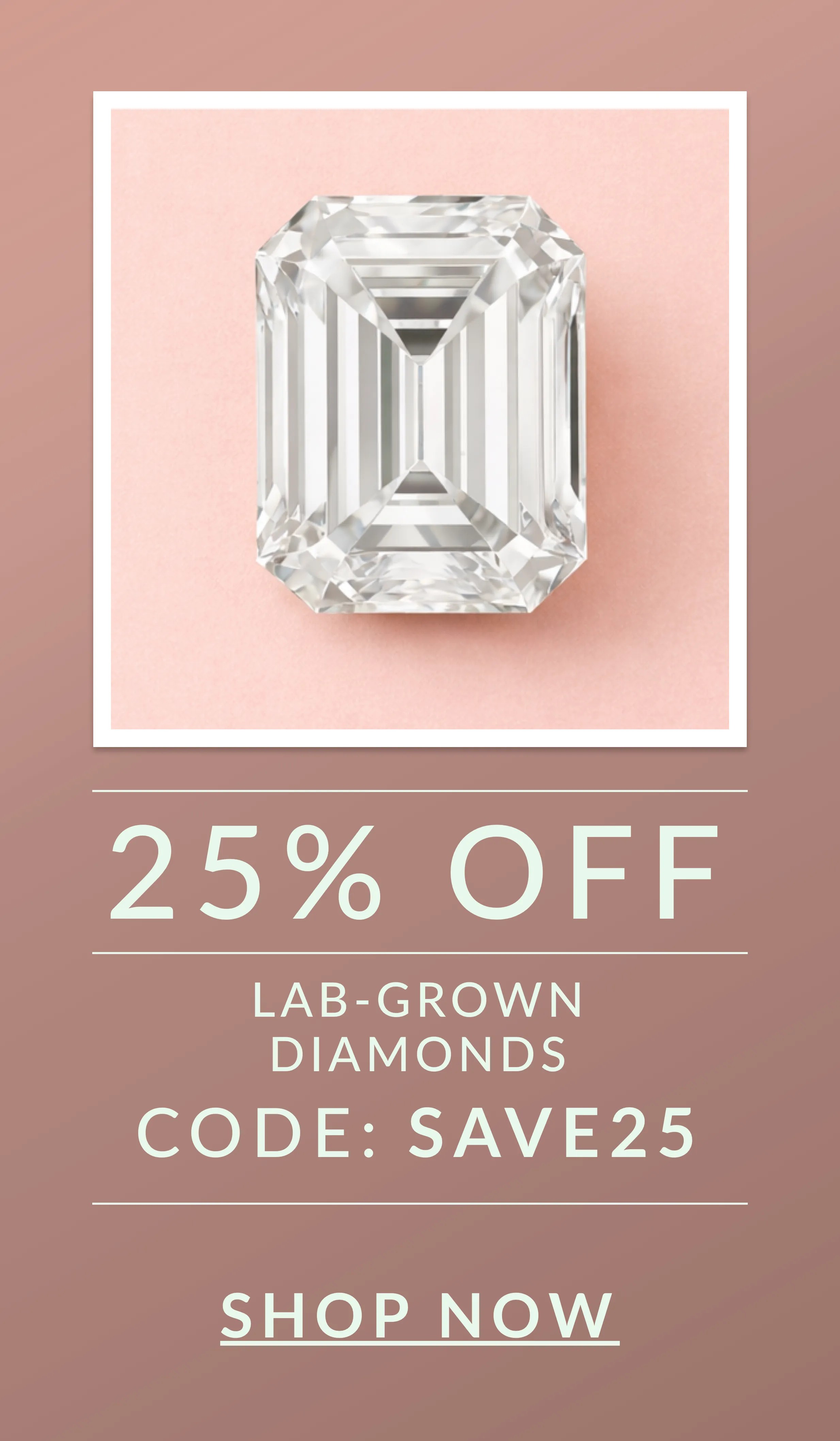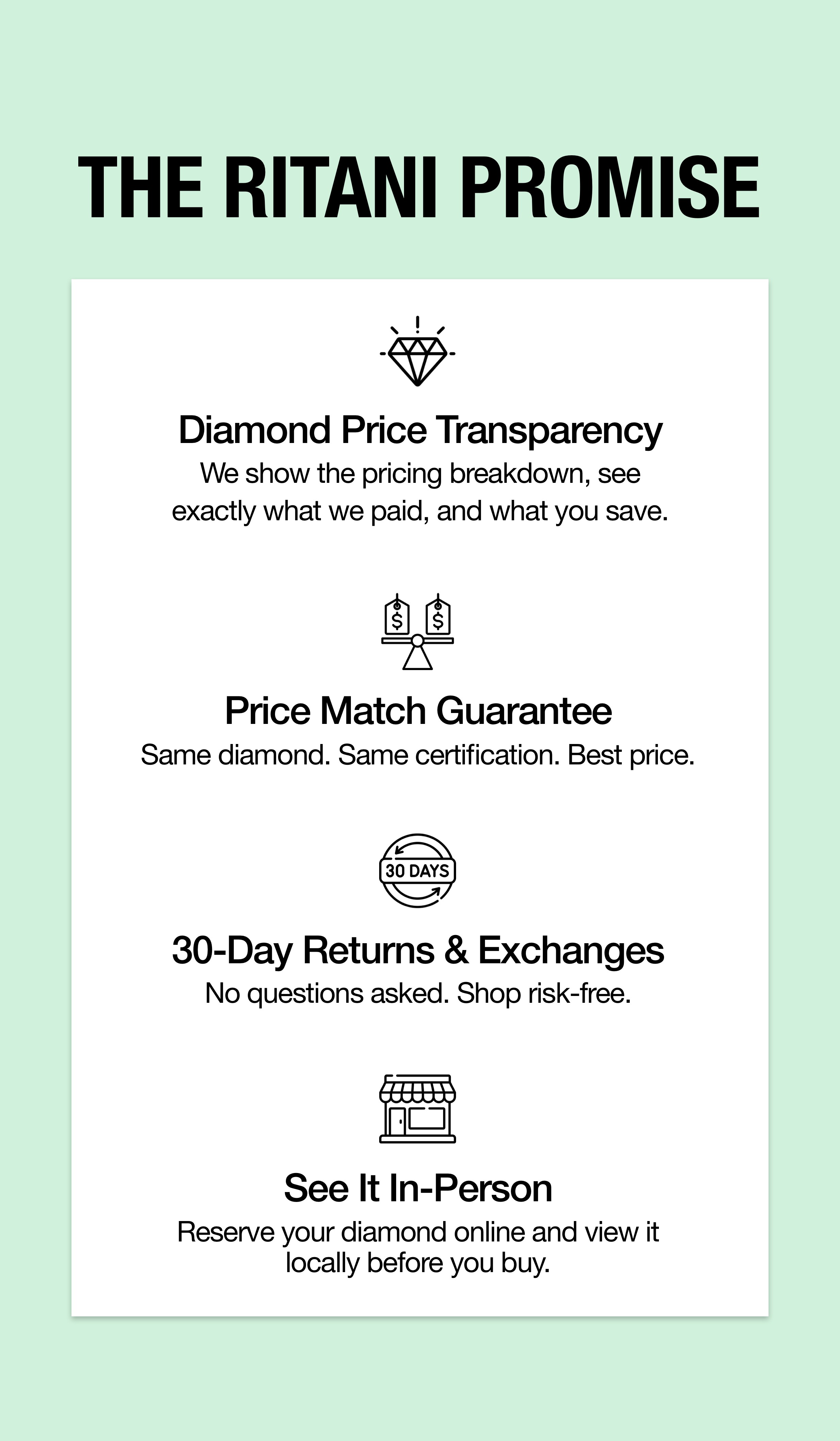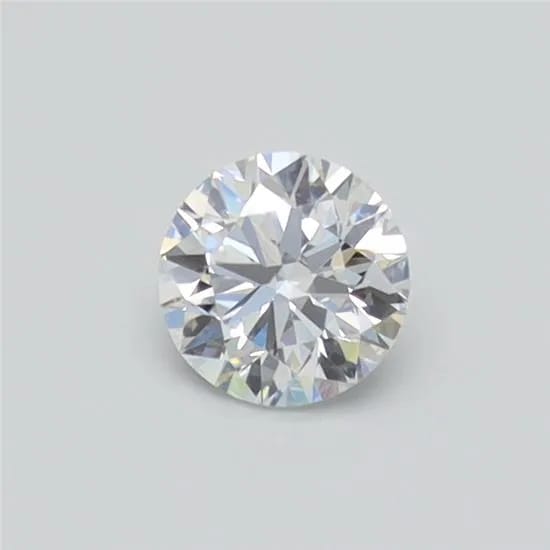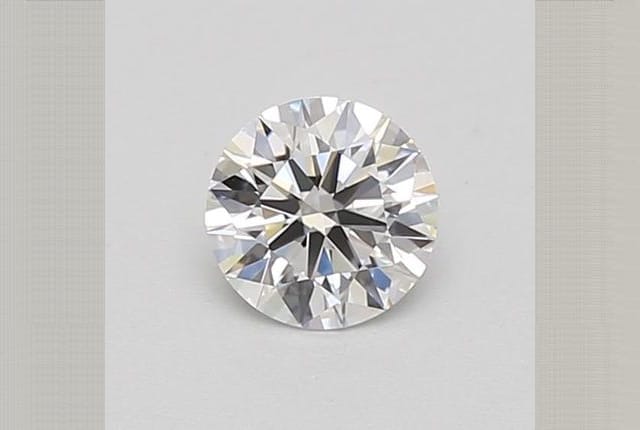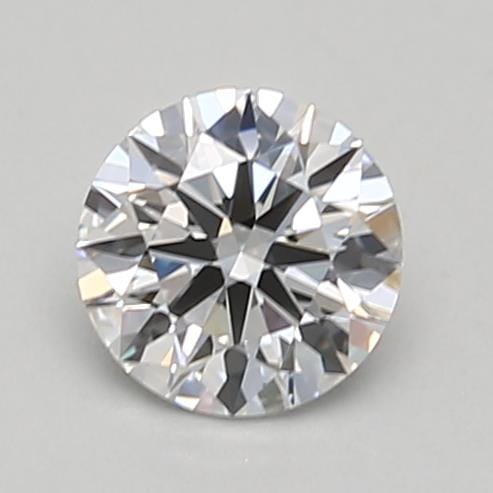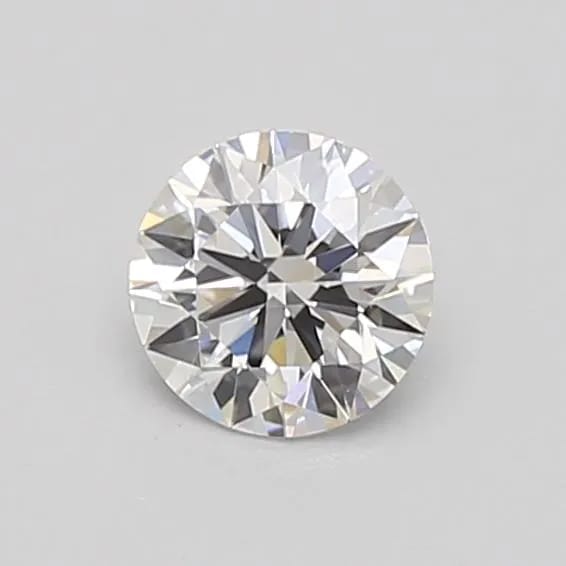Lab Grown Diamonds
Discover Ritani's Lab Grown Diamonds, blending sustainability with elegance for your engagement ring. Perfect for eco-conscious choices, embodying beauty and responsibility. |
Lab diamonds are made using two processes, HPHT and CVD. Both mimic the natural process of earth diamonds. LEARN ABOUT LAB DIAMONDS
Send me a report
Send me a report
Send me a report
Send me a report
Send me a report
Send me a report
Send me a report
Send me a report
Send me a report
Send me a report
Send me a report
Send me a report
Send me a report
Send me a report
Send me a report
Send me a report
Send me a report
Send me a report
Send me a report
Send me a report
Send me a report
Send me a report
Send me a report
Send me a report
Send me a report
Send me a report
Send me a report
Discover Ritani's Lab Grown Diamonds, blending sustainability with elegance for your engagement ring. Perfect for eco-conscious choices, embodying beauty and responsibility. |
Certified Lab-Grown Diamonds
| Discover the best-value pricing on lab grown diamonds for sale at Ritani. Lab diamonds, sometimes referred to as lab-created diamonds, lab-made diamonds or engineered diamonds, are becoming increasingly sought-after for engagement rings and fine jewelry because they are much more affordable than natural diamonds. What's great about lab grown diamonds is that they are physically, chemically and optically identical to earth-grown diamonds, so no one will know that your diamond was created in a controlled laboratory environment. These man-made diamonds are just as dazzling as any diamond mined from the earth, but they come at a much more budget-friendly price point. The sole difference between lab grown diamonds and earth-grown diamonds is their origin. No mining is required with lab grown diamonds, they are also considered an ethical and eco-conscious stone choice. Using a diamond lab minimizes environmental impact without limiting the options for diamond size and cut. In fact, lab grown diamonds are available in all popular cuts, including round-cut, cushion-cut and oval-cut. Round-cut lab grown diamonds are our bestseller since this shape is the most sparkly and incredibly versatile. Our price transparency makes Ritani the best place to buy lab grown diamonds with official grading and certification. |
Shop by Carat Weight
- 0.25 Carat Round Cut Lab Grown Diamond
- 0.5 Carat Round Cut Lab Grown Diamond
- 0.75 Carat Round Cut Lab Grown Diamond
- 1 Carat Round Cut Lab Grown Diamond
- 1.25 Carat Round Cut Lab Grown Diamond
- 1.5 Carat Round Cut Lab Grown Diamond
- 1.75 Carat Round Cut Lab Grown Diamond
- 2 Carat Round Cut Lab Grown Diamond
- 2.5 Carat Round Cut Lab Grown Diamond
- 3 Carat Round Cut Lab Grown Diamond
- 3.5 Carat Round Cut Lab Grown Diamond
- 4 Carat Round Cut Lab Grown Diamond
- 5 Carat Round Cut Lab Grown Diamond
Shop by Shape
Shop by Color
Shop by Cut
Frequently Asked Questions
What are lab-grown diamonds?
Lab-grown or engineered diamonds are created in a laboratory setting using advanced technological processes that replicate the natural formation of diamonds. They have the same physical, chemical, and optical properties as natural diamonds.How are lab-created diamonds made?
Lab-created diamonds are made using two primary methods: High Pressure High Temperature (HPHT) and Chemical Vapor Deposition (CVD). Both methods involve creating conditions that mimic the natural diamond-forming environment.Are lab grown diamonds graded and certified?
Yes, lab-grown diamonds are graded and certified just like natural diamonds. The grading and certification process for lab-grown diamonds is very similar to that of natural diamonds, ensuring that consumers have accurate information about the quality and characteristics of the diamond they are purchasing.
Lab-grown diamonds are evaluated based on the same criteria as natural diamonds, including the 4Cs: Carat weight, Cut, Color, and Clarity. A certified gemologist or a reputable gemological laboratory will assess these factors to determine the overall quality of the lab-grown diamond.
Additionally, lab-grown diamonds often come with a certification document that provides detailed information about the diamond's specifications, such as its carat weight, cut grade, color grade, and clarity grade. This certification serves as proof of the diamond's authenticity and quality.
In short, lab-grown diamonds undergo a rigorous grading and certification process to ensure transparency and quality, similar to natural diamonds.Are lab-grown diamonds considered ethical, and what are their ethical advantages?
Lab-grown diamonds are often regarded as an ethical alternative to natural diamonds because their production does not involve the same level of human or environmental toll associated with traditional diamond mining. They eliminate concerns related to conflict financing, "blood diamonds," and labor issues. Moreover, lab-grown diamonds reduce the environmental degradation linked with mining practices, making them a choice for consumers who prioritize ethical and sustainable sourcing.
Are lab-grown diamonds real diamonds?
Yes, lab-grown diamonds are real diamonds. They are chemically, physically, and optically identical to natural diamonds. The main difference lies in their origin. Lab-grown diamonds are created in a controlled laboratory environment using advanced technology that replicates the natural diamond-growing process.
These diamonds are composed of carbon atoms arranged in a crystal lattice structure, just like natural diamonds. They exhibit the same brilliance, hardness, and durability as their mined counterparts. In fact, even expert gemologists may have difficulty distinguishing between lab-grown and natural diamonds without specialized equipment.
So, whether it's a lab-grown diamond or a natural one, both are genuine diamonds, and the choice between them often comes down to personal preferences, ethical considerations, and budget.How do lab-grown diamonds compare to natural diamonds?
Lab-grown diamonds are virtually identical to natural diamonds in terms of appearance and properties. The main difference is their origin. Lab-grown diamonds are typically more affordable and environmentally friendly compared to natural diamonds.Are lab diamonds certified?
Yes, lab diamonds are certified by reputable gemological laboratories such as the Gemological Institute of America (GIA) and the International Gemological Institute (IGI). These certifications provide an assessment of the diamond's quality and authenticity.Is it worth it to buy lab created diamonds?
The value of buying lab-grown diamonds depends on your preferences and priorities. Lab-grown diamonds offer several advantages that make them a compelling choice for many consumers:
1. **Cost-Effective:** Lab-grown diamonds are typically more affordable than natural diamonds of comparable quality. This allows you to get a larger or higher-quality diamond for your budget.
2. **Ethical and Environmental Considerations:** Lab-grown diamonds are often seen as a more ethical and environmentally friendly option. They do not involve the environmental impact or ethical concerns associated with traditional diamond mining.
3. **Transparency:** The lab-grown diamond industry is known for its transparency, with clear documentation of a diamond's origin and characteristics.
4. **Quality Control:** Lab-grown diamonds are produced in controlled environments, leading to consistent quality and fewer inclusions.
5. **Customization:** Lab-grown diamonds can be easily customized in terms of size, shape, and cut, giving you more options to find the perfect diamond.
However, whether lab-grown diamonds are worth it for you ultimately depends on your personal preferences, values, and budget. Some may prefer the rarity and symbolism of natural diamonds, while others prioritize cost savings and ethical considerations. It's essential to consider your priorities and do thorough research before making a decision.Can I view the lab-grown diamond before purchasing?
Ritani offers a preview feature that allows you to view your completed ring with the selected lab-grown diamond to ensure it meets your expectations before purchasing.
Can I customize a lab-made diamond at Ritani?
Yes, Ritani offers customization options for loose lab-grown diamonds, allowing you to choose the size, shape, and cut to find the perfect diamond for your needs.
What environmental benefits do lab-grown diamonds offer?
The production of lab-grown diamonds has a smaller environmental footprint than traditional diamond mining. It avoids the large-scale earth displacement, habitat destruction, and other ecological impacts associated with mining operations. Choosing a lab-grown diamond can be a more sustainable choice for environmentally conscious consumers.
How does Ritani ensure the quality and authenticity of its lab grown diamonds?
Ritani's lab diamonds for sale undergo a stringent grading and certification process similar to that of mined diamonds. This process is conducted by certified gemologists or reputable gemological laboratories, which assess the diamonds based on the 4Cs: Carat weight, Cut, Color, and Clarity. Each diamond is provided with a certification document that verifies its specifications and serves as proof of its quality and authenticity, so you can rest assured you're getting the best lab diamonds with best-value pricing.
What distinguishes lab-grown diamonds from moissanite or cubic zirconia?
Lab-grown diamonds are actual diamonds with the same chemical composition (pure carbon crystallized in isotropic 3D form) as natural diamonds, whereas moissanite and cubic zirconia are different materials. Moissanite is made of silicon carbide and cubic zirconia is made of zirconium dioxide; both simulate the appearance of diamonds but do not have the same properties, such as hardness or refractive index. Lab-grown diamonds are virtually indistinguishable from natural diamonds without specialized equipment, while moissanite and cubic zirconia can often be identified by their greater brilliance and fire or lower hardness.
How long does it take to grow a lab diamond, and does the growth time affect its quality?
The growth time for a lab-grown diamond can range from several weeks to a few months, depending on the desired size and method used (HPHT or CVD). The growth time does not directly affect the quality; instead, the quality is influenced by the controlled conditions within the lab, such as temperature, pressure, and the presence of any impurities. The precise management of these factors ensures that the lab-grown diamond develops with optimal characteristics similar to those found in high-quality natural diamonds.
What are the benefits of choosing a lab-grown diamond?
The benefits of choosing a lab-grown diamond include affordability, ethical sourcing, and environmental sustainability. Lab-grown diamonds offer the same beauty and quality as natural diamonds without the associated ethical and environmental concerns.Can I customize a piece of jewelry with a lab-created diamond?
Yes, you can customize a piece of jewelry with a lab-created diamond. Ritani offers customization options for many of our jewelry pieces, allowing you to choose the type of metal, setting, and diamond specifications to create a unique piece.Are lab-grown diamonds more affordable than natural diamonds?
Lab-grown diamonds are generally more affordable than natural diamonds of comparable quality. This is because the production process for lab-grown diamonds is more efficient and less resource-intensive than mining natural diamonds.Do lab-made diamonds have the same quality as natural diamonds?
Lab-made diamonds have the same quality as natural diamonds. They are graded on the same criteria (the 4 Cs: cut, color, clarity, and carat) and can achieve the same levels of brilliance and beauty as natural diamonds.How can I care for my lab-grown diamond jewelry?
To care for your lab-grown diamond jewelry, clean it regularly with a soft cloth and mild soap. Avoid exposing your jewelry to harsh chemicals or extreme temperatures. Store your pieces in a jewelry box or pouch to prevent scratches and damage.
